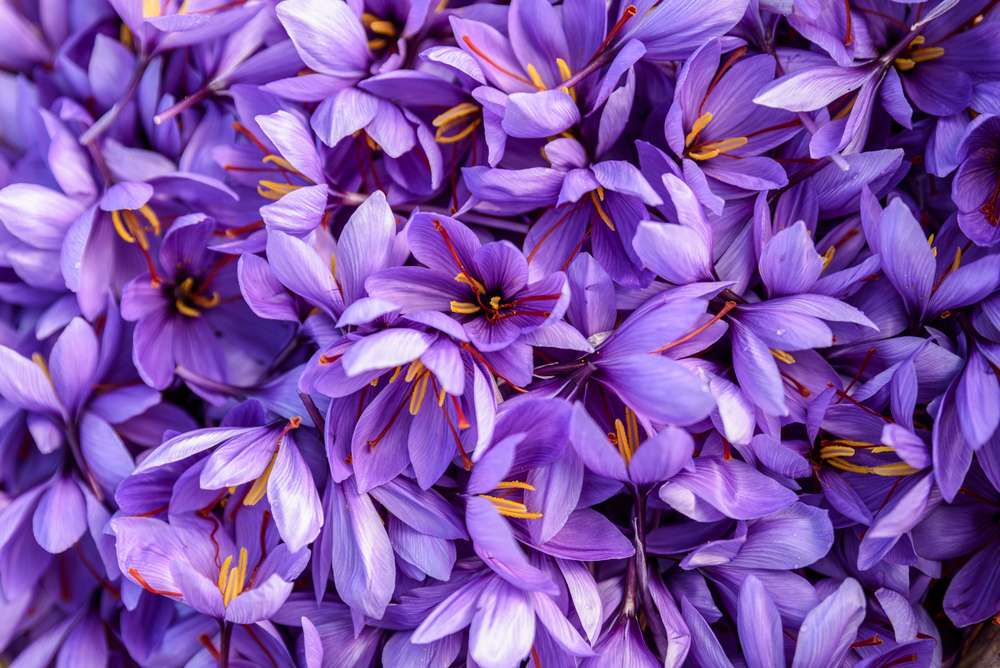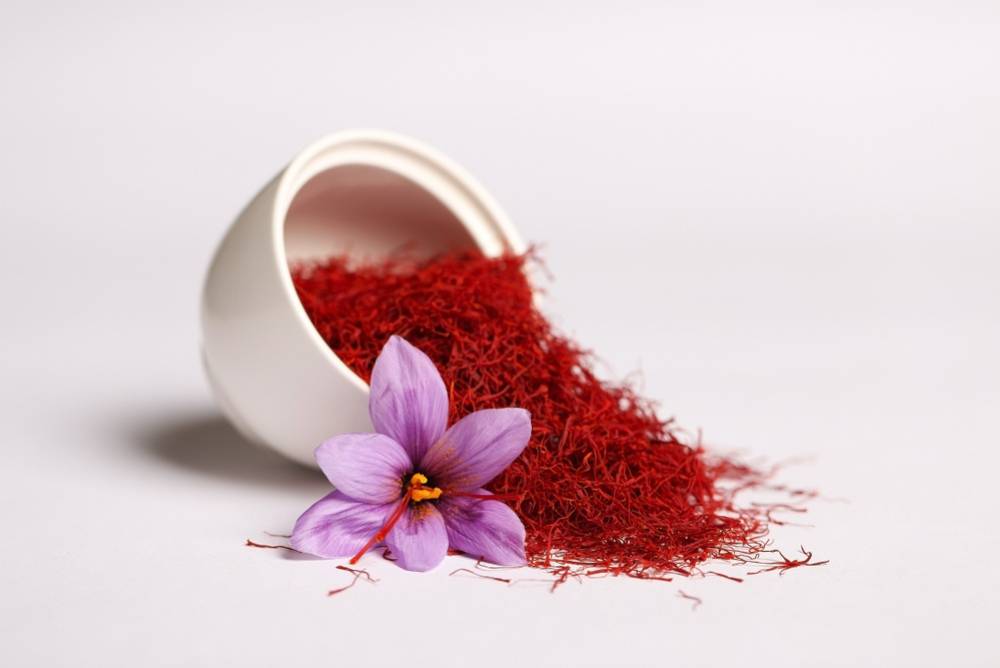![]() FREE EUROPE SHIPPING
FREE EUROPE SHIPPING ![]()

SAFRANEE 1 gr

SAFRANEE 2 gr

SAFRANEE 5 gr
Saffron: The Golden Spice – Unraveling the Mysteries and Marvels
- June 28, 2023
- Reading Time 7 minutes
Introduction
Saffron, often referred to as the ‘Golden Spice’, is not just a culinary delight but a treasure trove of fascinating stories. This precious spice, derived from the stigmas of the purple Crocus sativus flower, has been an irreplaceable staple in various cuisines, a focal point of a multibillion-dollar industry, and even a hot topic in geopolitics.
The Origin of Saffron
The origin of saffron is a topic of debate, with various cultures claiming it as their own. However, it is commonly believed that saffron originated in the warm, fertile lands of Greater Khorasan, the historical region that straddles eastern Iran and Afghanistan. The use of saffron in these regions dates back over 3,000 years, and it has been a significant part of their cultural and culinary heritage ever since.
Saffron Production
Saffron’s vibrant crimson threads are harvested from the saffron crocus, which blooms six to eight weeks after planting. The majority of saffron production takes place in warm Mediterranean and semiarid climates, spanning from Spain to Kashmir. However, the world’s leading producer is Iran, controlling about 85% of the entire industry. The painstaking process of harvesting saffron, which involves hand-picking the delicate stigmas of the flower, contributes to its high cost and the title of the world’s most expensive spice.
The Unique Taste of Saffron
Saffron’s taste is as unique as its history. It’s not so much a flavor, but more so a presence. The delicate threads can be described as earthy, grassy, or perhaps floral, with a faint sweetness. It’s the gentle aromatic quality that saffron brings to dishes that makes it irreplaceable in recipes. Its flavor is subtle yet transformative, adding a layer of complexity to dishes that is hard to achieve with any other ingredient.

Saffron in Global Cuisines
Saffron is synonymous with Iranian cuisine, but it’s also a key ingredient in dishes from Afghanistan, Spain, France, Italy, India, Morocco, and even Sweden. It brings flavor, smell, and wonderful color to dishes, and a little goes a long way. From the fragrant biryanis of India to the comforting risottos of Italy and the flavorful paellas of Spain, saffron leaves its golden touch wherever it goes.
Growing Your Own Saffron
Growing your own saffron is possible, but it requires hot summers, full sunlight, and very well-drained soil to thrive. The saffron crocus can be purchased as corms and planted in your garden. It’s a labor of love, but the reward of harvesting your own saffron threads can be immensely satisfying.
Saffron: An Everyday Ingredient
Despite being the world’s most expensive spice, saffron can be an everyday ingredient if you know how to use it wisely. So, don’t let the price deter you. Embrace the golden spice and let it add a touch of magic to your dishes. Whether you’re making a simple rice dish or an elaborate dessert, a pinch of saffron can elevate your cooking to new heights.
Conclusion
Saffron is more than just a spice. It’s a symbol of tradition, a testament to human ingenuity, and a gift of nature that continues to enchant us withits allure. Its vibrant color, unique flavor, and fascinating history make it a truly special ingredient. So, the next time you see those delicate crimson threads, remember the journey they’ve been on to reach your kitchen. And when you add them to your dish, know that you’re not just adding flavor, but a piece of history.
For more insights about saffron, its health benefits, and its role in Persian cuisine, visit our pages on Safranee and Saffron Health Benefits.
Table of Contents
company
STAY UPDATED
Subscribe for weekly recipes, updates, and more.
© 2023 SAFRANÉE. All Rights Reserved.




